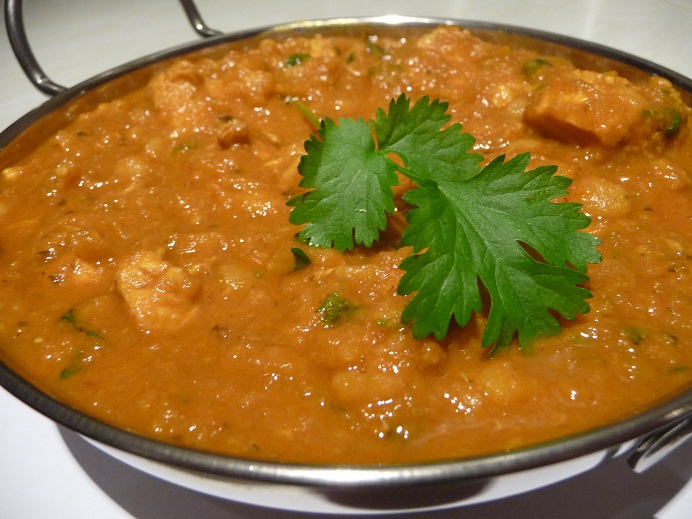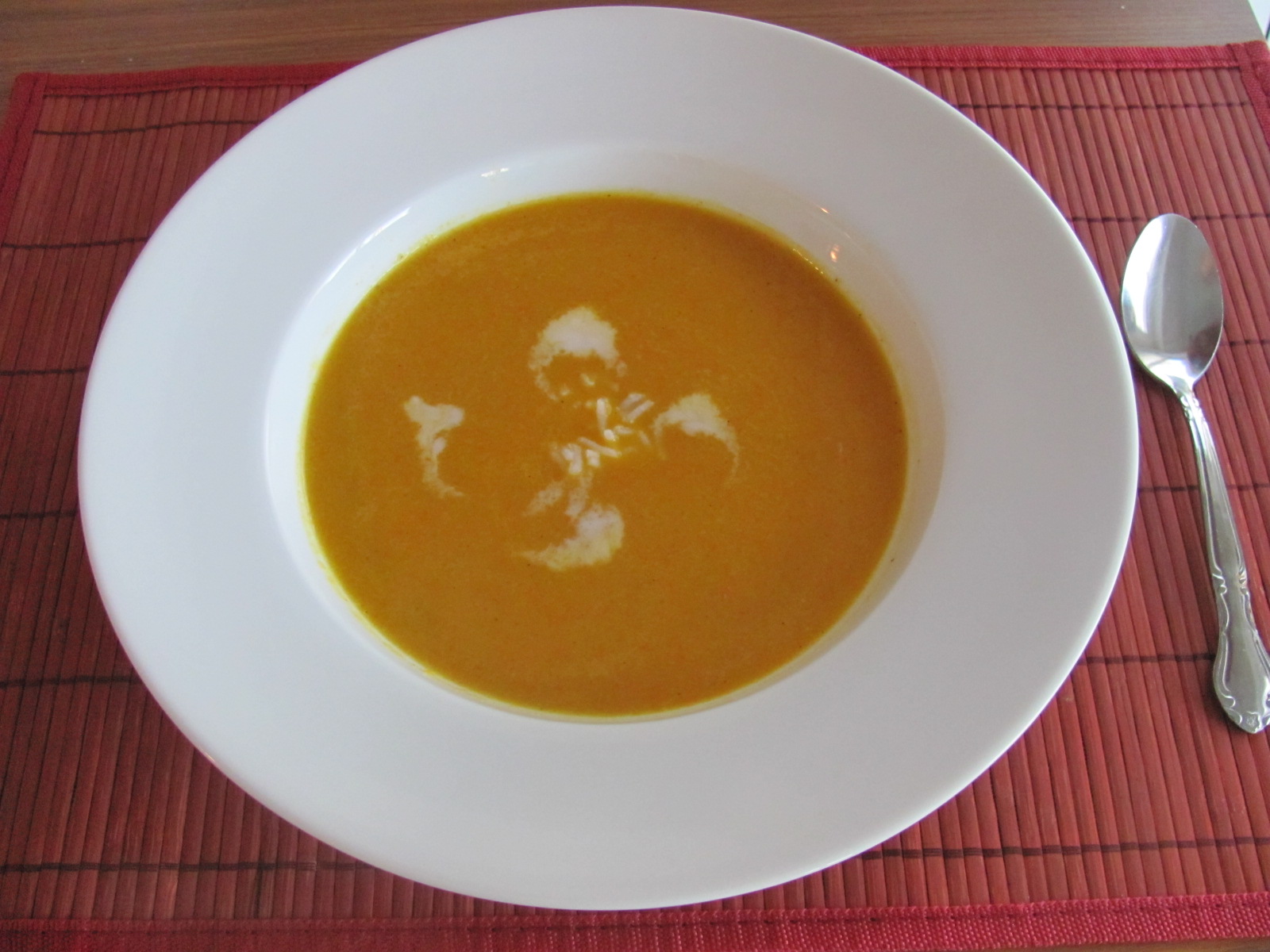Dhansak

Dhansak is a popular dish among the Parsi Zoroastrian community in India. Classic Dhansak is made by cooking mutton or goat with a mixture of lentils and vegetables and served with brown rice cooked in caramel water to give it a typical taste and colour, but it may also be made with other meats, meatballs, fish, shellfish, or even vegetarian, and served with pullao or fried rice.
INGREDIENTS
- 1 Small Onion, peeled and chopped fine
- Oil
- 50 gm Small Red Lentils (Masoor Dal)
- Stock, dry hard cider or water
- 30 gm Tomato Purée
- Sugar (or Jaggery - unrefined palm sugar) to taste
- ½ Stock cube (unless you're using stock)
- Juice of ? lemon or lime (optional)
- 1-2 tsp Vencatachellums Curry Powder*
- Mango powder (Amchoor) to taste (optional)
- 4-6 oz Meat, or meatballs, or fish, or uncooked shelled prawns
or
- 6-8 oz Vegetables
These quantities are for one person - it is not practical to make such a small portion,
of course, so multiply them by the number of portions you actually require.
PREPARATION
Sauté onions in oil until soft, add the meat (if used) and sauté until its outside is cooked. Add the curry powder and/or any other spices and sauté another few minutes. Add stock (or cider or water plus the stock cube), tomato puree, sugar or jaggery and simmer very slowly. Goat, mutton or stewing steak should cook for 3-4 hours, more tender meats for less, chicken or precooked meatballs for only 40 minutes. The lentils should be added 40 minutes before serving and once they are added the dhansak must be stirred regularly to prevent them sticking to the pan and scorching, and more liquid may be added as needed to keep the dhansak thick but not solid.
If you are making vegetable dhansak each type of vegetable should be added so that it is cooked, but not overcooked, when the dhansak is served, so root vegetables and beans go in with the lentils (use tinned beans, not soaked dried ones unless you have precooked them) but green vegetables go in later.
Classic vegetables are potatoes, pumpkin, squash, gourd, and tomatoes - but I sometimes add green cabbage cut fairly small, green or runner beans, and bell peppers.
If used, fish (in small boneless pieces) or shellfish should be added with the lemon/lime juice at the last moment, the pan brought back to the boil, and the dhansak must then be served at once before they are over-cooked.
Vegetarian Mulligatawney Soup

A dhansak without meat, fish or extra vegetables can also be made with more water,
blended thoroughly with ½ tsp flour per person, reboiled,
and served as delicious vegetarian Mulligatawney Soup.
Serve it with freshly-made croutons for lunch or as a warming soup on a cold day.
Croutons:- Cut white bread into 10-15 mm cubes and fry in hot sunflower oil, stirring frequently, until the cubes are brown on all sides.
A swirl of cream in each dish as this soup is served looks very nice and improves the flavour yet more.
*Vencatachellum's Mild Madras Curry Powder was imported to England by Sharwoods for many years, but in the 70s/80s they made their own formulation



It was pretty close to the original, but they could not call it Vencatachellum so simply called it Sharwood's Mild (or Hot - a fiercer formulation) Madras Curry Powder.
It is still available in small drums, 1 lb and 7 lb boxes. The mix has changed slightly but it is still close to the original Vencat - having some celery seed in it and other ingredients I have been unable to identify.
An approximation (simplified but not bad) uses a mixture of:-
- 2 parts Cumin
- 3 parts Coriander
- 1 part Powdered Ginger
- ½-1 part Turmeric
- ½-1 part Ground Celery Seed
- Cayenne Pepper to taste]
This is a recipe page on the James Bryant (G4CLF) Web-site.
Return to James Bryant's Recipe Index
Return to James Bryant's Home Page
Number of visits to this page:






